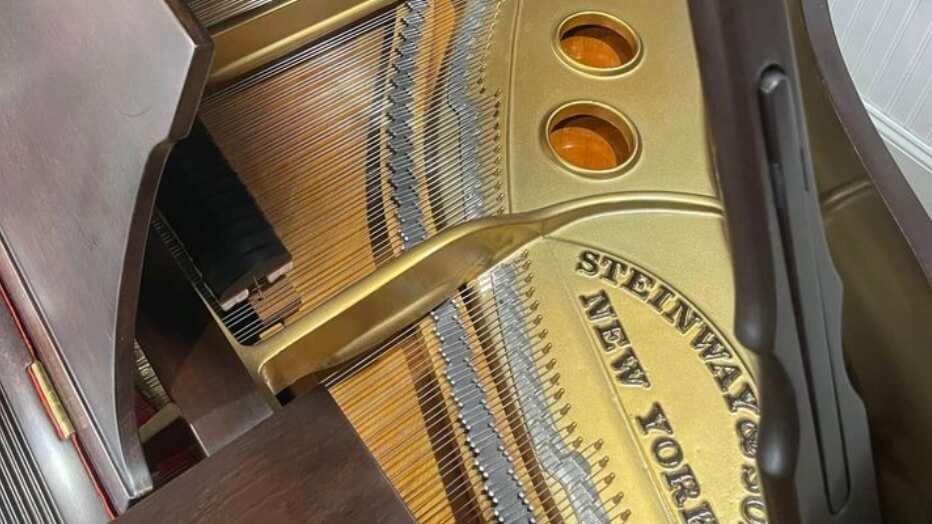ASTORIA, NY (July 29, 2019) — Steinway & Sons today announced the acquisition of Louis Renner GmbH & Co. KG, which manufactures complete grand and upright piano actions in addition to special piano parts, piano hammers, accessories, and piano tools. Louis Renner was founded in Stuttgart, Germany in 1882. Today, its headquarters and main factory are located in Gärtringen, Germany, near Stuttgart, with an additional factory in Meuselwitz near Leipzig. The company has been supplying action parts to Steinway for more than a century and Steinway is one of Renner’s largest customers.
This purchase is the latest in a number of strategic acquisitions that have taken place over the years to ensure continuity in vendor business as well as to ensure that the Steinway–caliber quality of key components is preserved and continuously improved upon. Important previous acquisitions include Kluge GmbH, the largest manufacturer of piano keys in Europe and The O.S. Kelly Company, the largest manufacturer of piano plates in the United States, each of which have supplied essential parts for Steinway’s pianos for more than half a century.
As Steinway & Sons has developed a reputation — earned over the course of 166 years — of building the world’s finest piano, Renner has similarly developed a reputation of building the world’s finest piano actions and action parts.
“When we heard that Renner was for sale, we took an immediate interest,” said Ron Losby, President & CEO, Steinway & Sons. “We wanted to ensure that Renner remains in Germany, where they have been for almost 140 years, and we wanted to ensure that they retain the world-class quality that they have achieved and maintained during that time. They produce crucial components of our Steinways, which is why this continuity is vital to our company. The mission and culture of both companies is so similar that I expect this to be a very smooth transition and a very natural fit.”
“We are delighted that we were purchased by a company with German roots and with one of their two worldwide factories located in Hamburg, Germany,” said Clemens von Arnim, CEO, Louis Renner. “I am very optimistic about this move and what it means for Renner’s future — and I am looking forward to staying on to run Renner and work closely with Steinway’s manufacturing team in Hamburg.”
Steinway & Sons plans to continue operations in Renner’s two German factories and to make the transition to Steinway ownership while ensuring “business as usual” for Renner and its employees.
About Steinway & Sons
Since 1853, Steinway pianos have set an uncompromising standard for sound, touch, beauty, and investment value. Because of a dedication to continuous improvement, today’s Steinway remains the choice of 9 out of 10 concert artists, and it is the preferred piano of countless musicians, professional and amateur, throughout the world. For more information, visit www.steinway.com.
About Louis Renner GmbH
Louis Renner founded his company for the manufacturing of piano actions in Stuttgart in October 1882. Even in his early trading years he only manufactured and distributed the very best handmade quality parts, setting the trend for his exemplary success story. The introduction of machinery in the manufacturing process slowly gained hold, making the resulting products even more precise and production more efficient. Since the middle of the last century more and more of the best piano manufacturers have relied on the Renner Company for their parts.







